Head lice in childrens hair
Content
- Head lice
- Nits
- Lice in children
- Lice in children
- Means Nuda
- Tooth comb
Baby lice infest more often than adults. This happens because children treat their own health carelessly. Girls change hairpins and use girlfriends' hairbrushes. The boys touch their heads during the struggle, borrow helmets and helmets.
How do lice and nits
These are small translucent insects.Parasites do not grow more than 3 mm, have 6 legs, with which they cling to the hair. They feed on blood.
Lice lack the ability to fly and jump high, but they quickly move through clothes and hair. Therefore, when a sick child enters the team, the parasites quickly spread to other children. The peak incidence occurs in the autumn.
Feedback
Summer is over, and I brought my son to kindergarten. Less than two weeks later, the child began to scratch his head. At the first inspection of the hair managed to find insects. I immediately turned to the teacher. On the same day, the nurse examined the hair of other children. Pediculosis in kindergarten showed up in five children!
Elena, Moscow
Female head lice in their lives can lay more than a hundred eggs. Nits in children on the hair look the same as in adults. They look like grains of dandruff. But the main distinguishing feature of nits from seborrhea - This is the impossibility of just so remove them from the hair. The egg is firmly attached to the hair with a sticky substance.
Sometimes these insects are confused with bedbugs, fleas or pincers. To make it easier to distinguish the head parasites from other insects, it is worth knowing what lice and nits look like. To do this, you can look at the photo of lice in children in the hair.
Some adults notice that insects that live on the hairs of a baby’s head are different. Parents begin to worry that the child "hooked" several different pests. But it is not. Before becoming an adult, the louse goes through three molts. With each new change of chitinous cover, it changes its appearance. The third molt turns the parasite into an adult.
Interesting!
An adult female lays eggs after the first portion of blood.
Where lice come from
Pediculosis - a disease not infrequent among children up to 12 years. Despite this, several myths walk around him:
- Lice in children appear from the nerves. Some mothers are confident that because of the stress they have experienced, the children in their heads start getting insects. But this is not true. Nerve Lice can't get, although there are theories in support of this statement.
- Pests are carried by animals. The parasite can eat only human blood. A louse cannot survive a cat or dog.
- Insects get muddy. Head lice run over from an infected person and are more comfortable on clean hair.
It is possible to detect lice in a child after a camp or swimming in a pond. The insect quickly gets on hair of the healthy person and begins multiply rapidly.
Causes of Pediculosis Infection several, the most common ones are:
- Close contact. The parasite will instantly run over to the child if it touches the hair with an infected person.
- Swimming in reservoirs with standing water. Warm water is the habitat of parasites. There, in search of a new owner, lice can live up to three days.
- The use of common hats, barrettes, hairbrushes. Girls love to change jewelry and borrow a hairbrush from each other. Lice infect through these objects.
- Long stay in the children's team. The child often returns from camp with "pets" on his head. Also, the head lice species instantly spreads among children in gardens, schools and entertainment centers.
- The use of public transport. At rush hour, the child is in contact with other people, and no one can guarantee that everyone around is healthy. During the five-minute trip, the louse will have time to get over the hair of the child from the other head.
Some parents, in attempts to save the child from infection pediculosis, wash his head every day. But, once in the children's team, the child still gets sick. Then the fathers and mothers begin to look for photos of lice and nits on the baby’s head, thinking that other insects crawl in their hair.
On a note!
Clean skin attracts lice even better than dirty. Lice easier to bite through. But this does not mean that it is worth walking with unwashed hair.
Symptoms of Pediculosis
Not everyone knows how to understand that a child has lice. Moreover, some children suffer itching and say nothing to their parents. This happens because someone does not attach importance to unpleasant sensations, and someone is afraid to admit that it hurts and itches.
Adults need to understand how the lice look on the head of a child, and that indicates the presence of parasites.
You should examine the hair of the child, if the following signs appear:
- the child often scratches his hair;
- wounds and scratches appeared in the hair;
- on temples and nape white grains began to be seen;
If during the inspection of the hair no insects and nits were found, but lice symptoms children are observed, it is worth exploring the baby’s clothing and bedding.
On a note!
Parasites do not always settle in the hair. Cootie likes to live in folds and pockets of clothes.
The colors of different types of lice are different. The head louse will have a light yellow color. Wardrobe darker. Its color is close to brown.
In the early stages of infection, the symptoms of lice in children are as follows:
- nervousness,
- anxiety,
- bad sleep
- slight itching.
Recognizing pediculosis in the early stages of the disease is difficult. Therefore, it is better to carry out the inspection under daylight and with a magnifying glass.
Feedback
My daughter started to sleep badly. She woke up at night, whimpering, scratching her ears. I thought that the baby earned otitis, but the district pediatrician found behind the ears lice bites.
Katerina, Vladivostok
In babies up to three years, the symptoms are more pronounced. They suffer more from insects, and their scratches quickly turn into pustules. Photos of pediculosis in children demonstrate how the disease manifests itself. Insect bites look like red dots. If a bacterial infection joins, then wounds with a yellow crust appear among the hair.
Pediculosis treatment in children
Once the lice have been identified, you should think about which pediculosis treatment choose.Increasingly, parents choose pest shampoosbut some opt for folk remedies.
On a note!
Not every drug from the pharmacy is suitable for a child. Children are sensitive to chemistry. Toxic can cause severe allergies or burn the scalp.
If the detection of the disease occurred at an early stage, then a comb will help to cope with it.
Drugstores
Most often, the pediatrician prescribes a special shampoo for children or lice spray. Before using it, you should read the instructions. It is better not to buy this tool without a doctor's prescription. After all, a poisonous drug can poison a child.
Children usually prescribe the following drugs:
- NOC;
- Hygia;
- cream nix;
- Nuda spray;
- Means Pair Plus for lice and nits;
- Paranit;
- shampoo Veda;
- Avalanche;
- Full Marks.
On a note!
Nuda is the only spray that can be used to treat babies' hair. It does not contain insecticides and does not cause allergies.
After the first treatment, parents sometimes turn to the pediatrician because of the fact that there are white lice in the head. But these are not the insects themselves, but their eggs. Seven days later, parasites will come out. Therefore, the drug treatment in a week is repeated.
Folk remedies
An effective preparation for insects can be prepared in your own kitchen. The most common recipes used are:
- Hydrogen peroxide mixed with water 1: 1. The mixture is applied to wet hair. Head wrapped package and then a towel. After 40 minutes, wash off the product.
- Tar soap put on wet hair, hold 40 minutes under the package, and then wash off.
- Vinegar 9% diluted with water in a ratio of 1: 3. Acetic solution process each strand. The head is covered with a towel, a kerchief is put on top. After 40 minutes the hair is washed.
Important!
Use for the treatment of pediculosis in a child kerosene or Dichlorvos is prohibited. These drugs can cause severe burns and poisoning.
Special Scallop
Comb lice helps get rid of insect nits. It is used after lice has been recognized and for the prevention of the disease.
Before, how to carry out combing lice and nits, it is recommended to treat the hair with water with citric acid: 5 g of powder per 250 ml of warm water. The composition softens the sticky mass, with the help of which the nit is attached to the hair and the eggs of the lice become easier to comb.
Feedback
Than just did not handle the child's head. Bugs appeared again and again. Pediatrician advised to purchase a special comb against lice. They managed to comb out the nits, and the lice no longer bothered us.
Larisa, Ekaterinburg
The comb still helps to understand if the child has lice. If it remains nits and insects, then you should check your hair and treat your head with a means of parasites. Hair combed 4 times a day for 5 days. After combing, the comb is washed and treated with alcohol.
Prevention of pediculosis
To protect children completely from this scourge is difficult. But lice prevention still needed. It consists in the following:
- Conduct an explanatory conversation with the child about lice and how they get into the hair.
- Change bed and underwear. Stroking the seams of clothes.
- Explain the fuck that you can not use other people's things.
- Ensure that the child does not communicate with people who have pediculosis.
- Once a week, inspect the child's hair and comb it with a comb.
- Wash your baby’s head at least twice a week.
If you have to travel with your child by public transport at rush hour,then certain measures should also be taken:
- To braid the girl’s braid and hide the hair under the headdress.
- Try to put the kid on the seat. There he will be less in contact with other people.
On a note!
It is forbidden to use lice products in order to prevent. All medicinal pharmaceutical preparations of such a plan are toxic and not suitable for permanent use.
To protect the child from lice will help "national first aid kit." Apply lavender essential oil over the ears and the back of the head. Louse does not tolerate this smell.
Preventive inspection should be carried out during the day and with a magnifying glass. You can use the headlamp flashlight, the light of which will be easy to direct to the desired point. Some mothers shave their sons for the summer so that parasites do not appear on their hair.


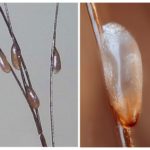
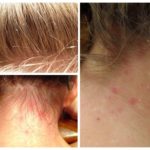
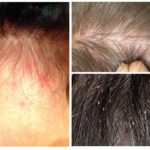
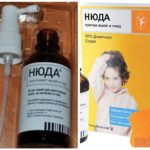
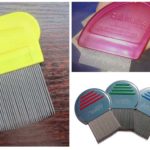



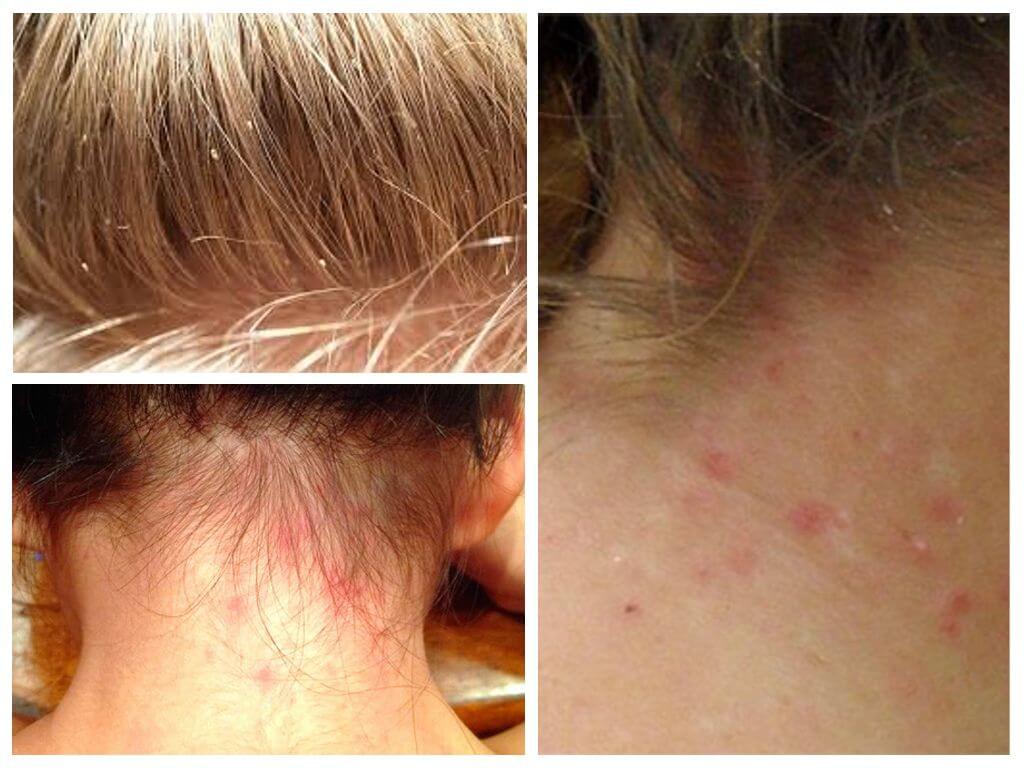
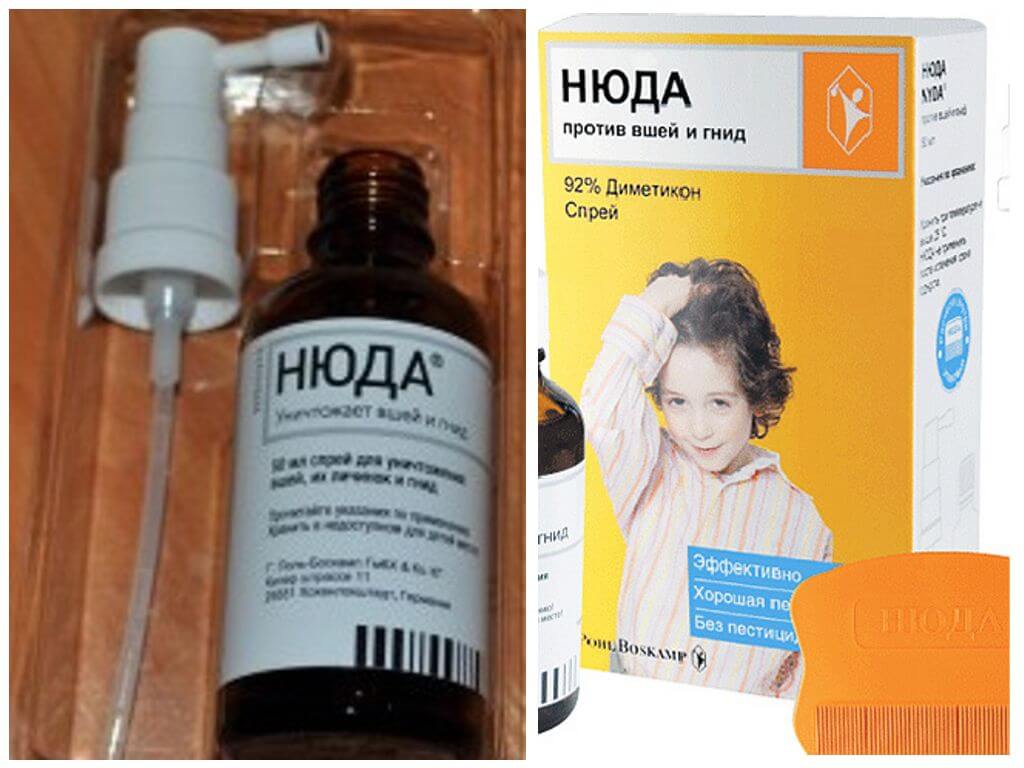


 (votes: 16, Average rating: 4.94 out of 5)
(votes: 16, Average rating: 4.94 out of 5)


